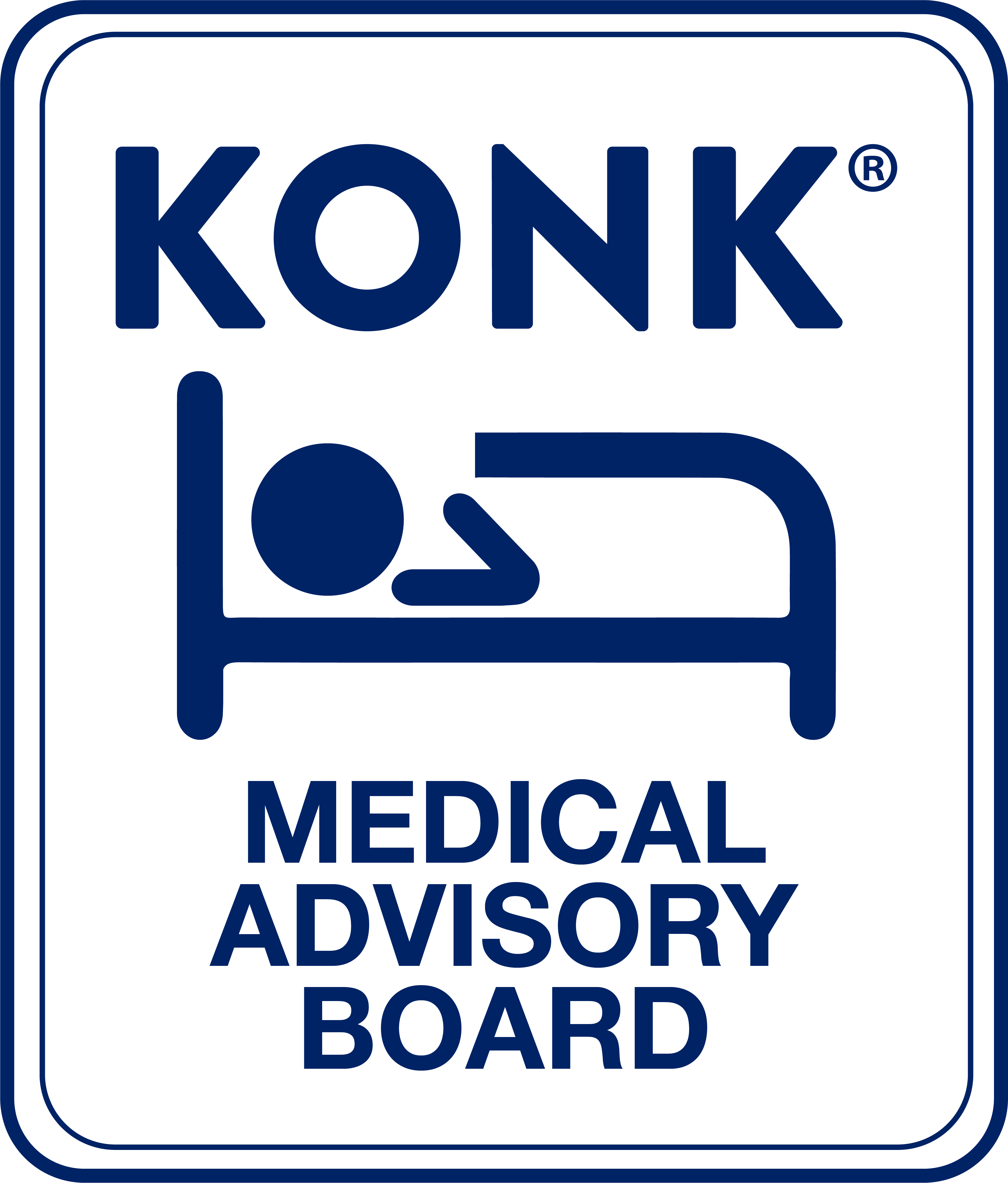Whether you are a specialist or a general practitioner, there is a good chance that the medical problems you treat are themselves useful screening criteria for seemingly unrelated disease conditions that require prompt attention. Perhaps no aspect of clinical medicine correlates with this axiom greater than sleep disorders: the health issues that non-sleep specialists treat are often strong positive indicators of Obstructive Sleep Apnea (OSA) – a condition whose long term impact and associated morbidity is often more serious than the complaint for which the patient arrives. As a result, if we keep our eyes open for conditions associated with sleep disorders, we all have the opportunity to help our patients not just once, but twice.
Consider the high rates of erectile dysfunction and kidney stones found in patients with OSA: A thoughtful urologist who has referral access to a user-friendly sleep service has the opportunity to relieve tremendous suffering in the patients with these diseases – but could also save the life of an undetected sleep apnea patient whose very presence in the urologist’s office may be a sign of the increased mortality risk from heart attacks, stroke and car accidents that arise from OSA. Though sleep apnea is not generally considered the purview of a urologist, there is no reason it could not be – especially if that urologist has the option of referring the patient to a web-based virtual platform that gets the patient treated in days, and almost immediately reduces the risk of potentially fatal disease.
The same goes for a psychiatrist who sees a male over 40 with new onset depression; a gynecologist who sees a fatigued woman in menopause; or a cardiologist who treats atrial fibrillation: They can each help the patients for the issues that bring them to the office, but they could help them again – and just as meaningfully – with a simple referral to an accessible consultation for sleep apnea, which is associated with each of these conditions.
With that in mind, what follows is a list of issues customized for a clinical OBGYN or women’s health practitioner, each of which should prompt the expedient evaluation of the patient for OSA.
PCOS and Infertility. Up to 70% of women with Polycystic Ovarian Syndrome (PCOS) have undiagnosed OSA, but the incidence of OSA is also elevated in women with unexplained infertility. Successful treatment of underlying OSA will often regulate ovulation, but women (and their partners) who seek fertility care would likely be discouraged by the prolonged sleep apnea referral and evaluation process. Expedient platforms with extended post-diagnostic support would more likely satisfy patient expectations in this realm.
Menopause. Menopausal women have up to three times the risk of developing OSA as premenopausal women. Furthermore, OSA symptoms – such as fatigue, night sweats and mood swings – are often mistaken as the primary symptoms of menopause. Though there are significant gender differences in OSA symptoms between men and women (which lead to the underdiagnosis of OSA in women in general), these differences are often less marked after menopause – when women are more likely to report snoring, daytime sleepiness and a history of hypertension.
Sexual Dysfunction and Low Libido. In premenopausal women with OSA, there are significantly lower rates of sexual desire, arousal and orgasm – these issues are not simply confined to menopausal women with or without OSA. The initiation of positive airway pressure treatment (PAP) in women with OSA results in improvements in sexual quality of life. Online OSA services are now available, to both women and men, with the same 24-hour access and privacy that platforms for male sexual health provide.
Pregnancy Complications. Pregnant women need to be screened for OSA with an instrument that is appropriate for the unique presentations of OSA in women: OSA significantly elevates the risk of developing pre-eclampsia, gestational hypertension, gestational diabetes, pre-term birth, cesarean section, and large for gestational age. The OSA-associated risk of each of these conditions rises after the 30th birthday. If OSA is suspected, a pregnant woman should be managed in a clinical setting that can appropriately monitor this potentially high-risk pregnancy.
All doctors, particularly specialists, should be cognizant of our tendency to see clinical presentations through the prism of our specialty training. Sleep is such an important pillar of health that all of us should consider its disturbance as a possible “upstream” cause of the medical problems we routinely and expertly handle.
If any of these clinical conditions are commonly present in your practice, it’s worth considering the possibility of Obstructive Sleep Apnea (OSA) as their cause. Untreated OSA can have serious health implications, but the good news is that effective treatments are available. Refer your patients to Konk Sleep to explore their options and take the first step toward better sleep and improved health, all without leaving their homes.

